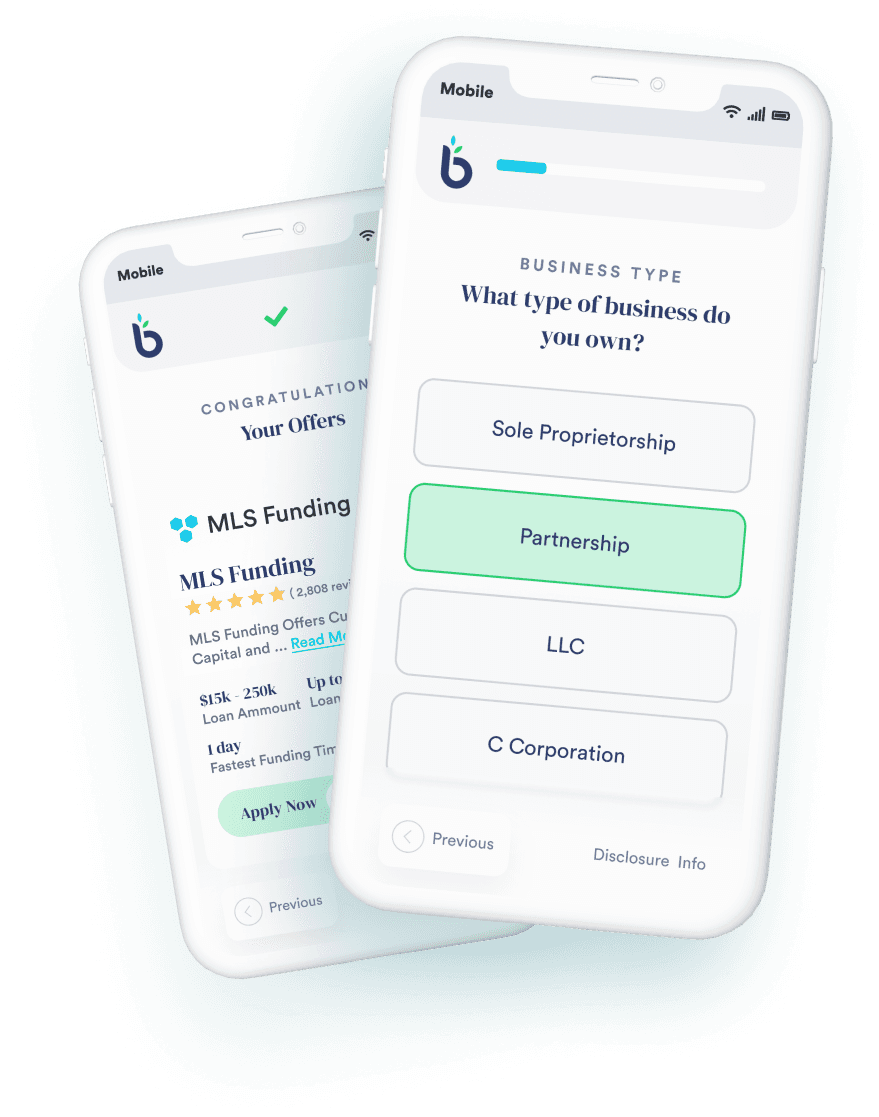Invoice Factoring | Facts On Factoring | Business Loans
Changing Factoring
Quick Overview
- The business owner sells some or all of AR at a discount
- Two types of factoring: recourse and non-recourse
- The factor collects the invoice from the customer
- Available online and from some traditional lenders
By Bradley Harris | Last Updated: April 29, 2024
Although factoring has been around for thousands of years, its popularity has risen recently, with more than $3 trillion in accounts receivable being factored in 2013 alone, a large increase from a few years ago.
What is Factoring?
Factoring is technically not a loan and is sometimes referred to as a “lockbox” at banks that offer the service. It’s the preferred method of financing in the textile industry and can be useful for any businesses that don’t have other assets to offer as collateral and need capital quickly.
A “factor” is a third party that purchases part or all of a company’s accounts receivables in exchange for a percentage of the invoice. The “factor” then owns the outstanding invoices and collects them from the customers. The factor earns a profit from the difference between the discounted rate negotiated to buy the account receivables, and the full invoice amount collected from the customer.
How Factoring Works
Interested business owners can contact a factor (there are several independent factoring companies, searchable via the Commercial Finance Association) or any bank that offers the service. From there, you can research a variety of factors and choose the one that is the best fit for your situation.
Most factors target specific businesses based on their annual revenues and the volume of invoices they produce each year. Some factors even specialize in particular industries. Once you choose a factor, they will review your client base to determine the creditworthiness of your average client, including a review of your previous shipment and collection information. If a client’s account is deemed acceptable, the factor will negotiate to buy your invoices for between 85% and 95% of the face amount, depending on the factoring agreement and average client creditworthiness.
Fees often range from 2% to 4.5% of the total invoice amount for every 30 days the invoice is unpaid after factoring. Payments are generally advanced within one to three days, and the factor will then collect the total value of the invoices from the company’s clients. Once the invoice is paid, the factor will pay the business the balance of the invoice minus the agreed-upon fees. The fees in a factoring agreement are based on variables such as the credit quality of the client base and the size of the invoices. These fees are negotiable in the initial contract with the factor and can change.
*Note: Invoice payments must be paid to the factor, and the factor has a legal right to communicate directly with a selling company’s clients to ask for payment.
The Two Types of Factoring
There are two main varieties of factoring agreements: recourse factoring and non-recourse factoring.
- Recourse factoring: A company sells its accounts receivables to a factor with the understanding they will pay the factor for any invoices the factor is unable to collect. This is the most common form of factoring in the United States.
- Non-recourse factoring: The factor assumes all the risk for uncollected invoices. If an invoice goes unpaid, the business is not liable. Since this agreement carries an increased risk for the factor, the transaction fee is usually as much as one percent higher than a recourse factoring agreement. It can also sometimes take longer depending upon the creditworthiness of the customers being invoiced.
Is Factoring Right for My Business?
Factoring is a valid option for businesses in many industries. It’s often used in the manufacturing sector because of the traditionally long cycle for producing consumer goods that are distributed through multiple channels before ultimately reaching consumers. It’s also used in many other industries involving business-to-business sales.
Pros of Factoring
- Factoring can be a good option for small businesses looking for quick access to capital without going into debt, giving up equity, or encumbering capital assets.
- Factors provide immediate working capital so your company can continue to produce and ship without interruption while giving clients acceptable terms to pay.
Cons of Factoring
- Factoring can be expensive when compared to the cost of traditional lines of credit—though it is less costly than missing sales or letting growth overwhelm the business.
- The business owner must be willing to allow the factor to collect the invoice directly from the customer.
Should you consider factoring?
Depending on the industry and the nature of the business, factoring may be a viable option to many small businesses in need of capital—and in some industries is standard practice. The ability factoring provides to access capital quickly makes it a viable option for many small business owners.
To Sum Up
Like any other financing option, it’s important to do your homework to make sure this is a good option for you and your business. Make sure you completely understand the terms of any factoring agreement before you sign on the dotted line.
Business Credit
A Business Line of Credit



